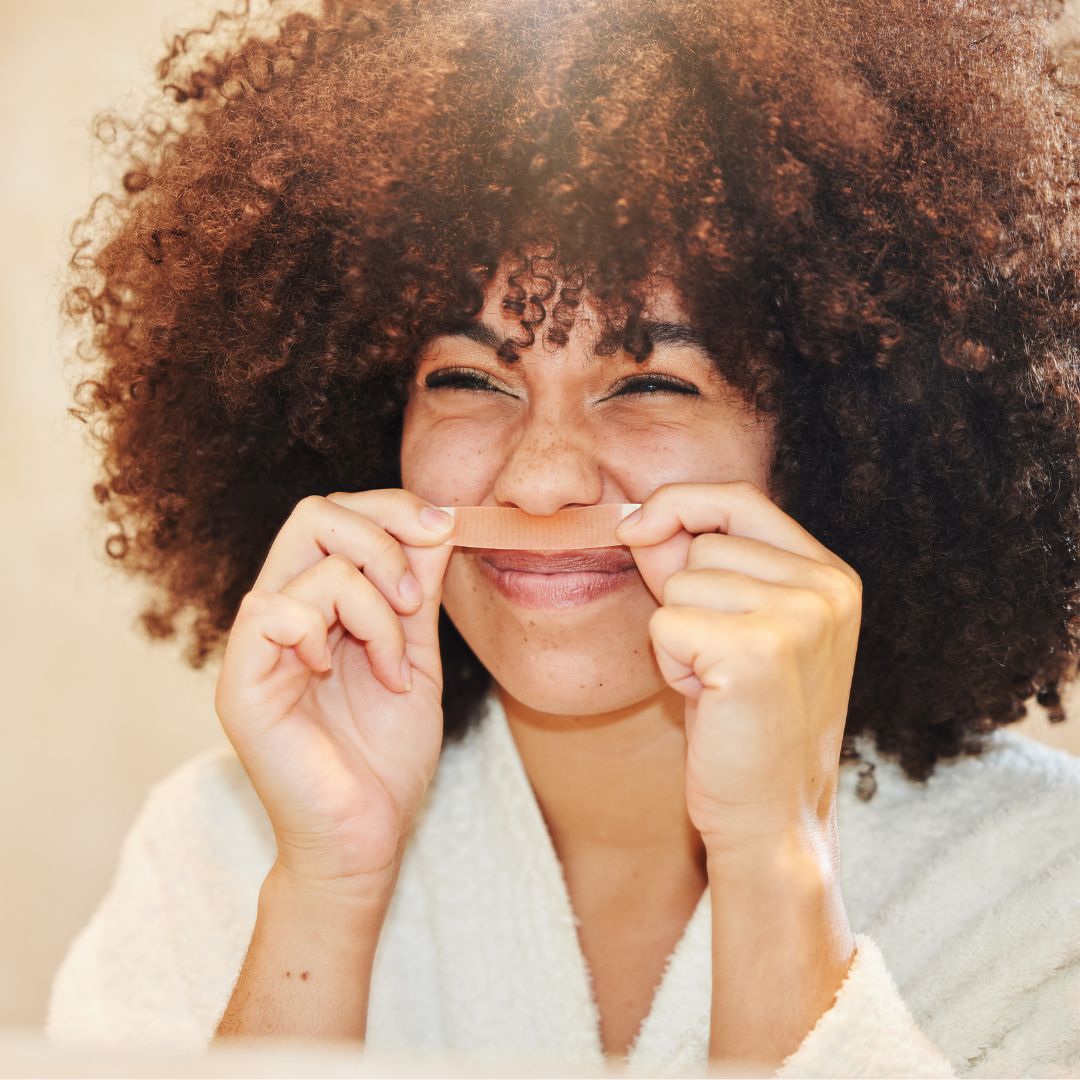
As a beauty editor, I have my beauty regime down to a fine art. My skincare routine is faultless, I know which make-up looks work for me and I never forget to apply a body lotion after my shower. However, it’s the hair removal part that I’m particularly eager to tell you about. So many friends ask me how to remove facial hair at home and I know it can be hard to know where to start, but there are methods aplenty. And I should know...
I feel – as an incredibly hairy human being who’s been removing their moustache since the ripe-old age of eight – that I have quite enough experience to give an expert opinion on this matter. I’ve picked and plucked at every inch of my face, I’ve ripped parts of my skin off in the process, and I’ve survived to tell the tale. However, I have enlisted actual experts too. Ahead, find our round-up of the best at-home hair removal products, along with expert advice.
At-home hair removal is performed from the comfort of your own home, whereas professional hair removal methods are carried out in a salon or clinic. According to Dr. Nowell Solish, Indeed Labs Dermatologist, this major difference poses a few risks. “If done properly and if your skin can tolerate it, any at-home facial hair removal method can be effective”, but many “manual” methods like waxing, sugaring or tweezing “can irritate the skin or cause ingrown hairs or even folliculitis.”
It’s therefore important to proceed with caution – without a professional to do it for you, you’ll need to assess your skin and take your personal concerns into consideration. If you have active acne or eczema, your skin may be sensitive or sensitised and unable to tolerate at-home hair removal. In this instance, Solish recommends seeing a professional for threading or laser whilst seeking treatment for your skin. Dr. Ahmed El Muntasar, GP and award-winning Aesthetician (famously known as the The Aesthetics Doctor) agrees: “For people with quite sensitive skin, essentially the skin itself needs to be worked on first.” If your concerns are less severe, Solish suggests carefully “going through some trial and error” to see which methods cause your skin to flare up.
Another element to consider is your skin tone. Solish explains: the darker your skin, the higher the risk of post-irritation pigmentation, which can occur when at-home hair removal methods like dermaplaning, waxing or even IPL aren’t carried out correctly.
I also spoke to Dr. Sonia Khorana, GP and Dermatology Expert, who described this further, “Shaving and waxing can lead to a compromised skin barrier if done incorrectly. Shaving cuts the skin, waxing rips the skin, you can burn yourself if the box is too hot, etc.”
If you’re worried, Khorana suggests opting for tweezers: “I personally prefer tweezing as it causes less trauma to surrounding skin.”
The final takeaway? Yana Gushchina, Founder of Browfique, sums it up perfectly: “The safety of at-home facial hair removal largely depends on the method used and your individual skin sensitivity. While it can be safe when following instructions, there's always a risk of irritation, allergic reactions, or burns if not used properly. Patch testing and following instructions meticulously are crucial to minimise risks. Always use gentle, hypoallergenic options specifically formulated for facial use.”
Expert tips for staying safe when removing hair at home
To stay safe whilst removing your fuzzy bits, Gushchina says you should always follow these basic rules:
- Patch test for allergic reactions or skin sensitivity at least 24 hours before you plan to use your chosen product.
- Follow instructions carefully and prepare the skin properly.
- Always moisturise skin post-removal to soothe and hydrate.
- Never leave hair removal products on for longer than their recommended time.
- Always use products that are specifically designed for your face. Products formulated for other areas of the body might cause breakouts, redness or dermatitis on the face.
- Don’t over-do it! Allow your skin to breathe in-between sessions.
How to remove facial hair at home
Now that you’re ready to start your at-home hair removal journey, here are my favourite picks – curated after much trying-and-testing on myself. For more information on how we test the products that make it into our edits, check out our in-depth guide. Keep on scrolling to shop...
1. Hair removal cream
Veet Pure Hair Removal Kit Face Sensitive Skin
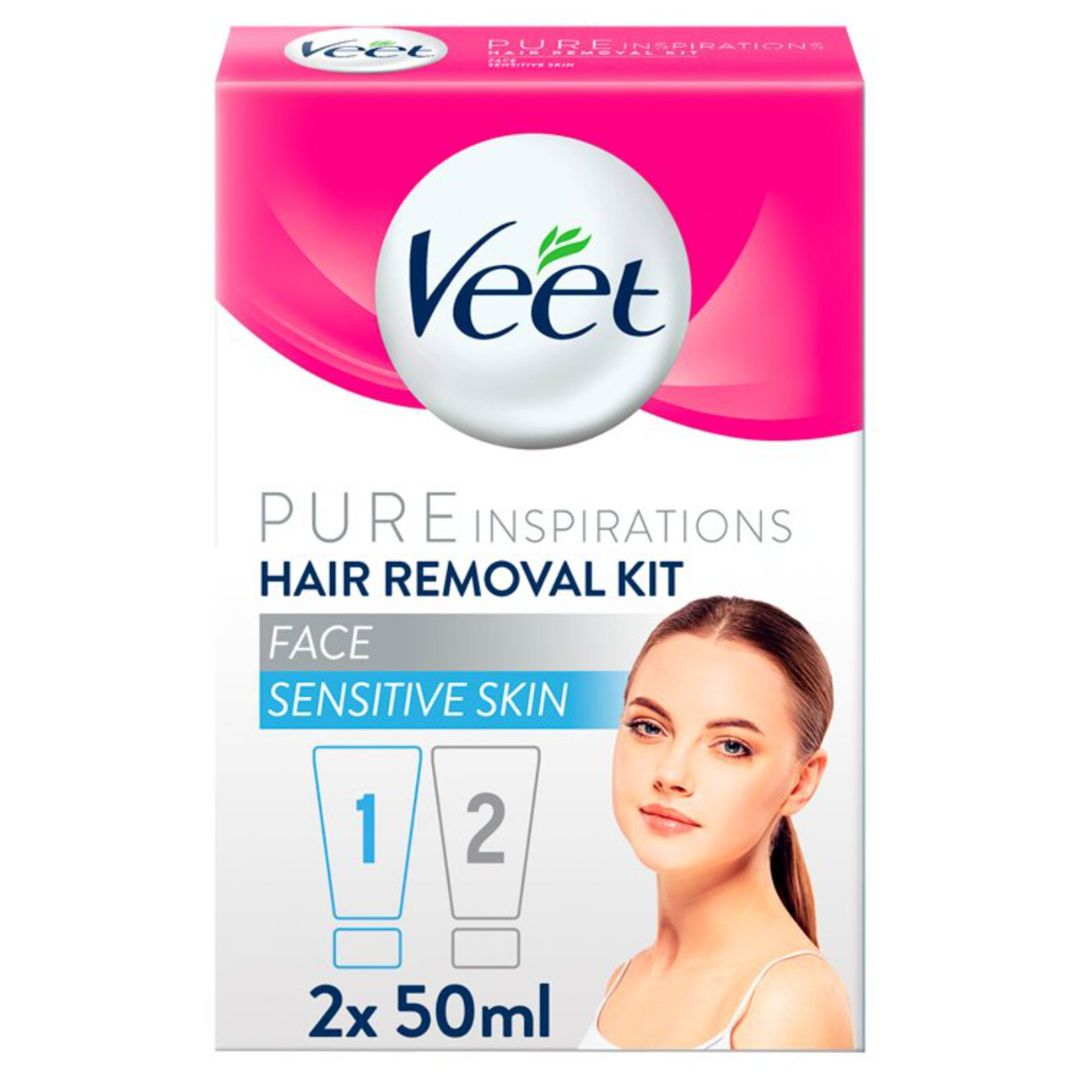
I’ve tried every hair removal cream known to man: Veet, Nair, Boots, Jolen – you name it, I’ve tried it. This is the only one I will ever buy. I have sensitive skin to begin with, and I’m convinced that the last decade of waxing my ‘tache has left it even more sensitised. To this end, most creams will simply dissolve my skin along with the hair, even when I follow instructions to the letter. This cream by Veet is the only one I trust not to eat my face, but even so, I would recommend leaving it on for less time than it suggests during your first use. Also try slathering a thin layer of Vaseline onto your skin underneath any hair removal cream to protect yourself from burns – this life-changing hack comes courtesy of my mum.
2. Dermaplaning
Estrid Precision Razor
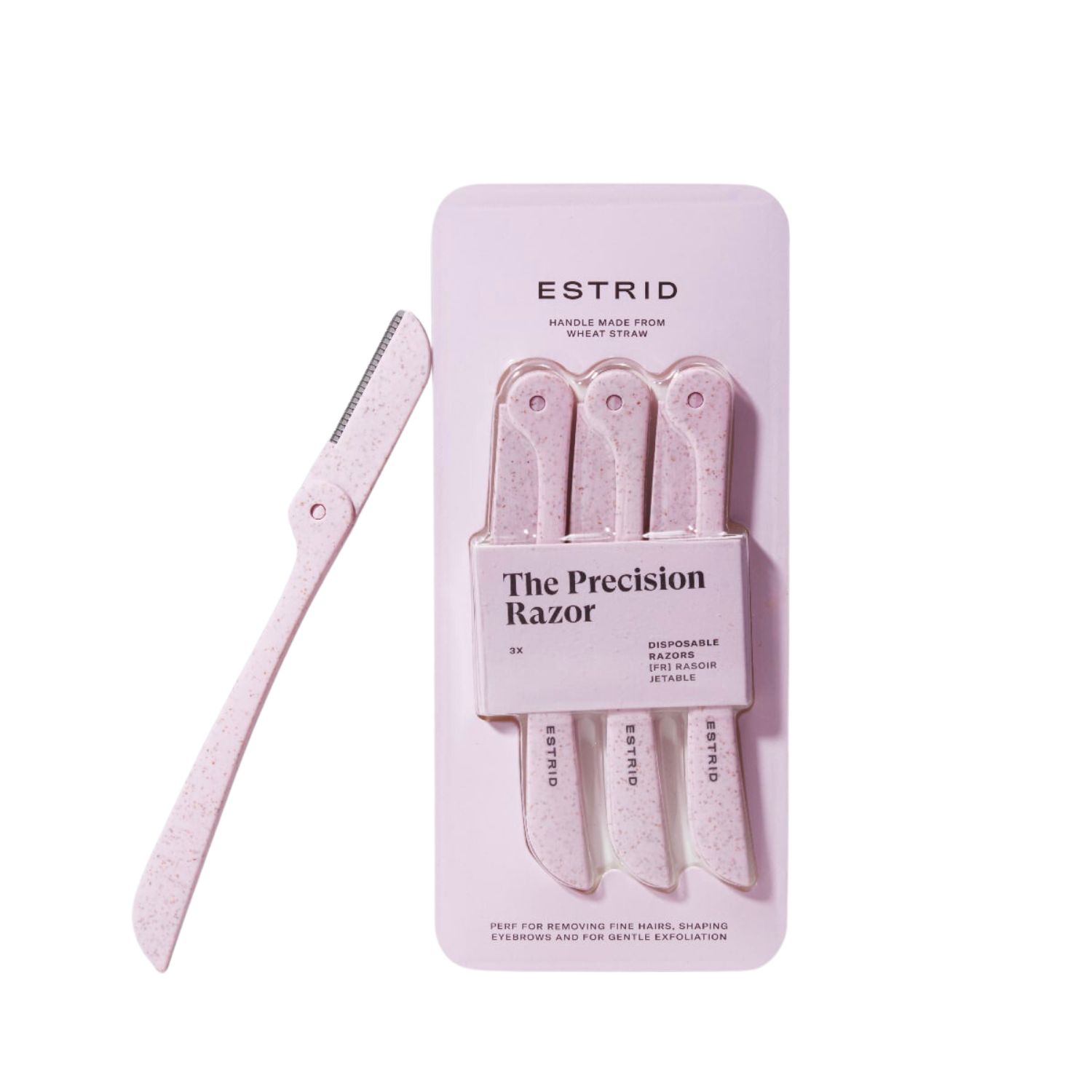
When my skin is feeling a little too sensitised for other hair removal methods, I opt for this razor. I particularly like the fact that it’s kinder on the environment than other razors on the market – it makes throwing it away after a few uses to remain sanitary feel less criminal. Please do throw them away after just three uses, by the way – I once got a horrific infection from not swapping my blades often enough. El Muntasar encourages using a fresh blade every single time if you can. Otherwise, Estrid’s Head of Product Development, Charlotte Terling, told me to rinse my razor with warm water and use a cotton ball soaked in rubbing alcohol to disinfect it after each use. This helps prevent bacteria build-up.
Shaving and dermaplaning can have multiple benefits. Think: hair removal, skin exfoliation and encouraging better absorption of later skincare. If you don’t feel comfortable wielding a sharp blade at home, then you can always opt for a professional dermaplaning treatment instead.
3. Waxing
Estrid Face Wax Kit
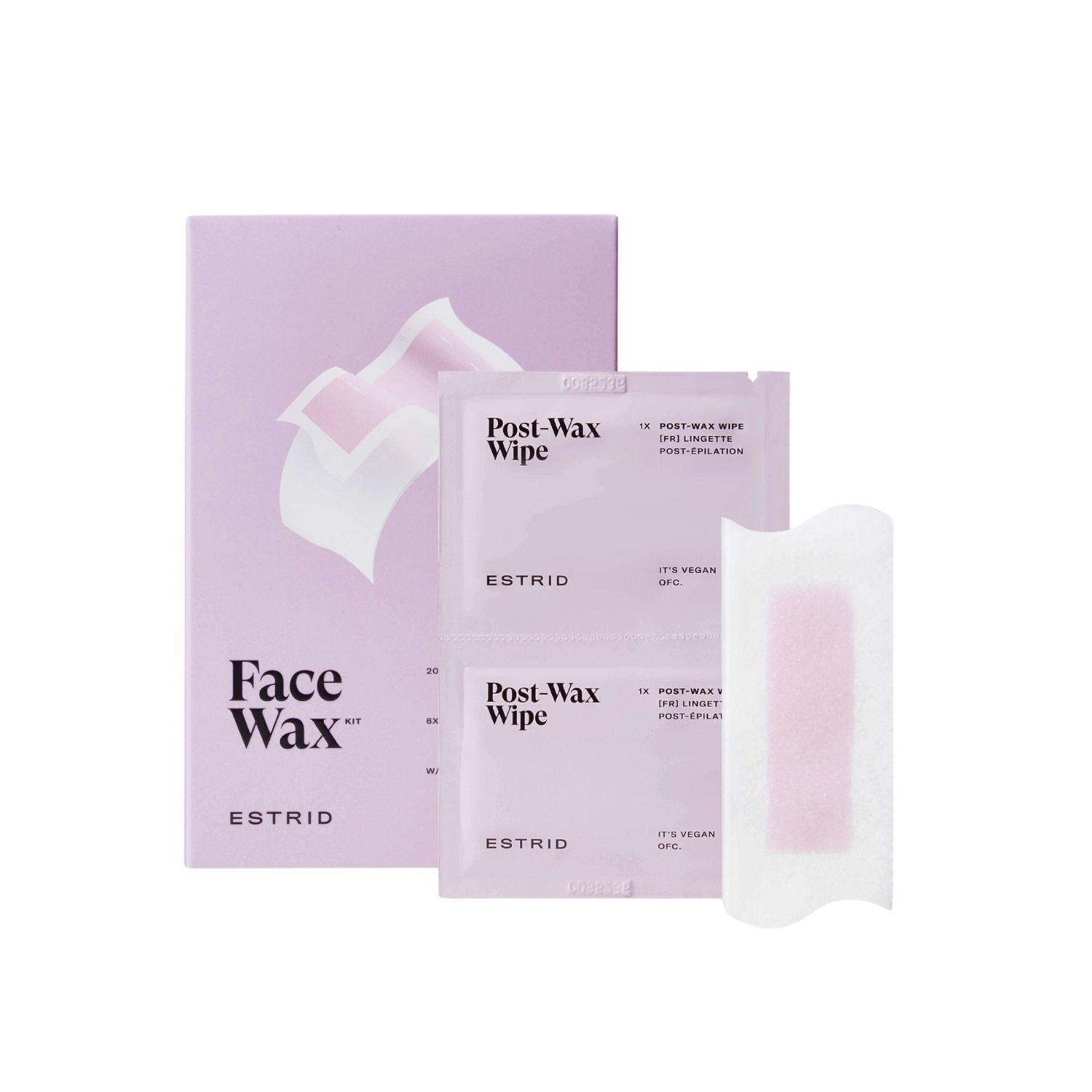
Two Estrid products in one round-up? I know, I know, but I really do use and love these. The main reason why is simple: they don’t rip off my skin. The wax is somehow less sticky on the actual skin than other formulas I’ve tried, but it still sticks to and rips off all hairs, leaving less skin trauma. Plus, the strips are infused with hydrating plant oils as well as aloe and squalene to soothe and refresh.
4. Bleaching
Jolen Cream Bleach
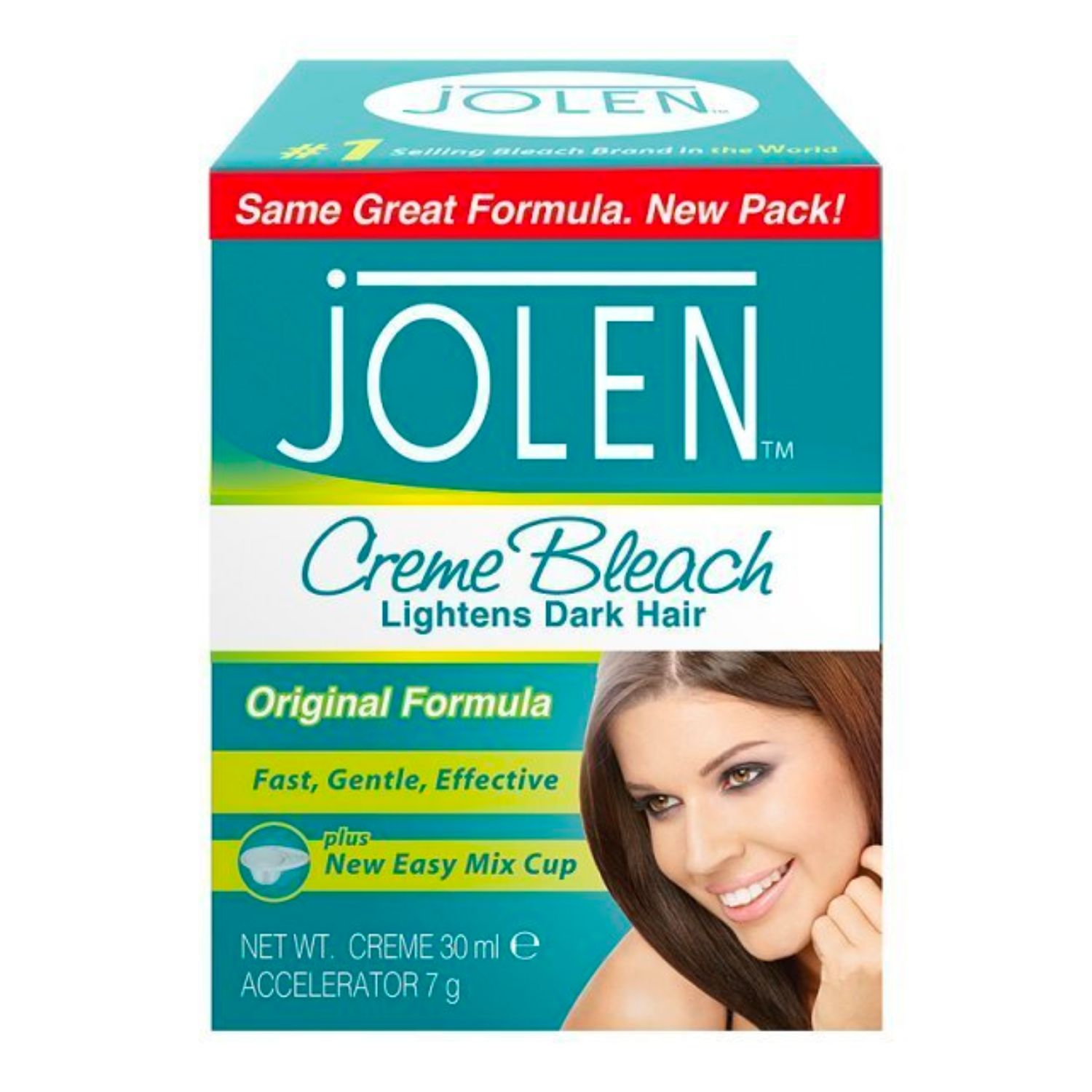
I don’t often hear or read of people talking about bleach for facial hair, but the women in my family have been using this exact bleach for decades. As soon as you say the word “bleach”, people freak out, but take it from the experts – Khorana confirms to me that cream bleach is completely safe. “The hydrogen peroxide content is much lower for facial hair bleach than scalp hair bleach. It’s fast and affordable.”
As with everything though, use with care. “Be mindful if you have super sensitive skin,” continues Khorana, “side effects include temporary redness, itching, bumps, burning sensations, hives or dry skin.”
Saying that, I have sensitive skin and have never had an issue. Sometimes my skin can get a little dry, but nothing that a good aftercare skin routine won’t sort.
5. Plucking
Tweezerman Micro Mini Tweezer Set

Everyone needs a good set of tweezers for urgent on-the-go plucks. This set is ideal for travelling or home use, and I like that the tweezers are easy to clean – I’ve had my Tweezermans for years and they’re still going strong. These are nice and sharp, so remember to take your time to avoid clipping your skin.
6. IPL device
SmoothSkin Bare+ Ultrafast IPL Device

I don’t even remember who I was before I discovered IPL. As IPL devices are quite expensive, I wanted one that could be used on both the face and body. I’m also always in a rush, and this device is super speedy with 100 flashes of Intense Pulsed Light per minute. This to me ticks all the boxes - it's the best.
IPL devices are like marmite – some people hate them, some people love them. This was definitely the case when interviewing experts on the matter. Erika Fogeiro, skincare expert and founder of Combeau, is a fan. “Any at-home device will use a lower energy setting so it’s safe to be used by someone without medical training. This lower intensity means lower results, but they can be counterbalanced by increasing frequency of use. They won't work as well as medically operated devices but if you use them every day, not only will it be painless, but you can have small results adding up over time.”
Others aren’t so convinced. Sharin Shafer, founder of Skinfluencer, matter-of-factly said to me, “I think they are a waste of money. The technology is never strong enough to generate real results.” Instead, she suggests paying for in-clinic lasers.
However, I spoke with a therapist at Therapie Clinic, who argued that there’s a space for both: “The key difference between laser and IPL is the type of light used. IPL (Intense Pulsed Light) is a broadband pulsed light source, whereas laser is a monochromatic coherent light source. Both methods target the melanin in the hair follicle and permanent results can be expected from both. Professional lasers will lead to faster results and can be used on darker skin tones. However, IPL is typically cheaper per session in comparison to laser, making it more accessible.”
Does hair removal make makeup look smoother?
Back in 2016, Huda Kattan famously shaved her baby hairs in a YouTube video. In it, she said, “You get rid of peach fuzz, but you also exfoliate your skin, it's really good for scarring, anti-ageing, and makeup application becomes so much more beautiful when you do it.” It’s this latter claim that interests me most.
Chatting to makeup artist Ruby Hammer, I discovered that creating the perfect base for makeup is more about your skincare and less about your hair removal. So much so, that she says “leaving the hair in place would be a better option” if you aren’t willing to follow up with a great skincare routine.
Khorana echoes much of the same: “With all at-home hair removal options, it is important to look after your skin barrier. Be gentle after hair removal and ensure you gently exfoliate in-between – one or two times per week, max – to help with ingrown hairs.”
Gushchina even recommends leaving it a whole 24 hours before applying makeup after hair removal. “Applying heavy makeup directly after something like waxing can cause pores to become blocked, or can cause the skin to react, leading to breakouts. Try to leave 24 hours between your hair removal session and your event to allow the skin time to breathe before you apply makeup on top. Threading at a salon is a better option for hair removal if you have sensitive skin or want to wear heavy makeup, as it’s chemical-free with no heat and there is little contact with the skin as the thread glides over, rather than sticking to or touching the skin.”







